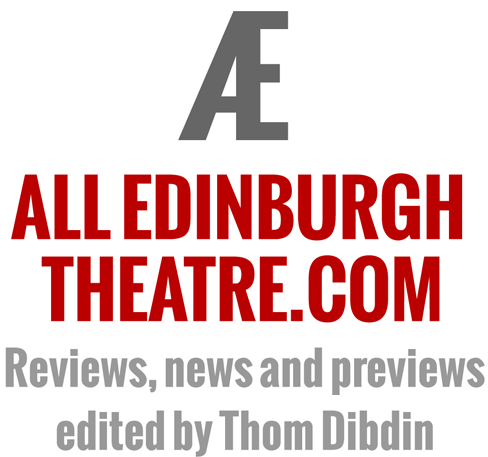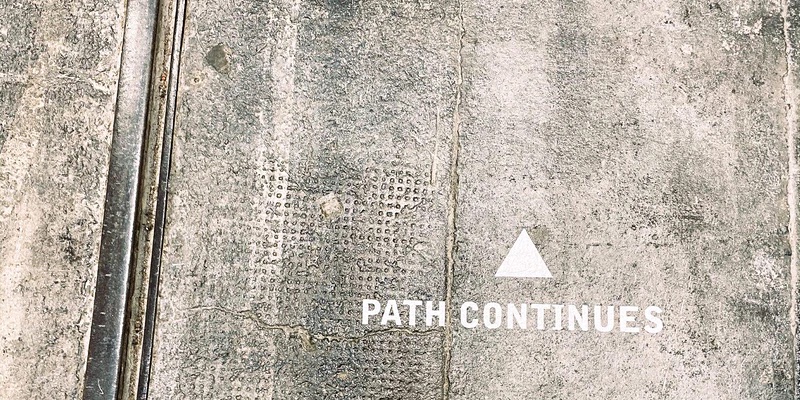Our festivals: How?
New event asks “What’s next for Scotland’s festival city?”
As plans for a return to live and in-person events in August gather speed, an event at Summerhall this Monday May 30 2022 will bring together artists and researchers to think and talk about the future of Edinburgh’s festivals.
The free Festival Futures event is being organised by the Live Art in Scotland project and will involve guest speakers and contributions from the audience. It is hoping to attract both those working in and around Edinburgh’s festivals at all levels and researchers working on their history and future.
This includes those in the increasing number of fringe worker roles, as well as artists presenting work; performers or directors curators, programers or producers.
This is just the latest event which seeks to address the seemingly never-ending growth of the fringe and comes amidst calls from all sorts of different quarters to create a more sustainable and inclusive fringe – calls which never seem to be answered in any meaningful manner.
Steve Greer of Live Art in Scotland told Æ: “One of things that’s different about this conversation is the timing: we’re heading back to a live Fringe after the first significant break its history.
“I’ve spent much of the past year interviewing artists and culture workers for the Live Art in Scotland project – and it’s hard to underestimate the huge disruption to the Scottish performance ecology as well as the uncertainty around going back to ’business as usual’.
“Again and again, there’s a sense of optimism but also caution – do we really want to be repeating what we already know has been burning us out?”
a different lens
Greer also believes that there is a desire to talk about the Edinburgh festivals through a different lens, to change the framework and manner in which we discuss them.
“That’s partly to do with the historical frame brought by the Live Art in Scotland project,” he says. “It addresses the amnesiac way that the history of new and experimental performance has often been talked about to date.
“That goes along with a tendency to see the Festivals as a bit of monolith where – despite repeated conversations – nothing much changes, even when the free fringes have completely changed the festival ecology and, more recently, Fringe of Colour has had a transformative effect on the participation and visibility of work by Black and global majority artists.”
Provocations
- “If the past decade has been characterised by continuous growth, what might shape the next chapter of Edinburgh’s existence as home to the world’s largest arts festival?
- “What would make for a more sustainable festival city? Can we do more by doing less?
- “What are the practices adopted during the pandemic – often centred on access – that we want to see continued in the rush to return to ‘business as usual’?
- “What are the worse habits of the festival economy that we want to see left firmly in the past?
- “What can the city’s festivals learn from each other? How might alternative practices of programming and curation across live performance, film, music, art and storytelling foster diverse opportunities for artists to present new work?
- “How can the Edinburgh festivals offer space for creative risk when the cost of taking part is still often steep?
- “And what are the barriers to participation beyond the cost of rent and venue hire? What are the alternatives to the festival model?”
Greer clearly refutes the idea that the fringe and festivals haven’t changed in other ways over the last ten or twenty years.
“I think it’s hugely important to recognise where concerted effort by artists and activists over the past decade (at the least) have changed the landscape,” he says.
“A few years ago, I think it would have seemed impossible that the Fringe Society would be talking about sanctioning venues over issues of worker exploitation. Now, there’s definitely more pressure needed to translate that talk into action, but they weren’t even considering this move a few years back. So we need to keep talking as well!”
international context
As well as the local aspects of the fringe – who it is open to and how it treats the people who work in it, whether on stage or behind the scenes – Greer says that there is a need to talk about the Edinburgh festivals in a national and international context.
“The Fringe might be the world’s largest arts festival but it makes no sense to think about its ecology and economy in isolation,” he says.
“It’s hugely significant that some of the most exciting schemes around the support and development of new and adventurous work – whether that’s Made in Scotland, or the ACE-funded Horizon Showcase – are focusing on connecting UK theatre and performance artists with international partners.
“This is what the British Council showcase used to do, in part – but now the emphasis is on creating longer-term, more sustaining relationships rather than lining up one-off tours or commissions.”
Booking for the event is through Eventbrite here. There are confirmed contributions from artist and performer Harry Josephine Giles, performance artist FK Alexander, artist and researcher Anthony Schrag, artist, researcher and arts programmer Natasha Ruwona and performance maker Mamoru Iriguchi.
Listing
Live Art in Scotland: Festival Futures
Summerhall, 1 Summerhall, EH9 1PL
Monday 30 May 2022
Evening: 7pm (ends 8.30pm).
Free registration and further details: Register here.
ENDS





















